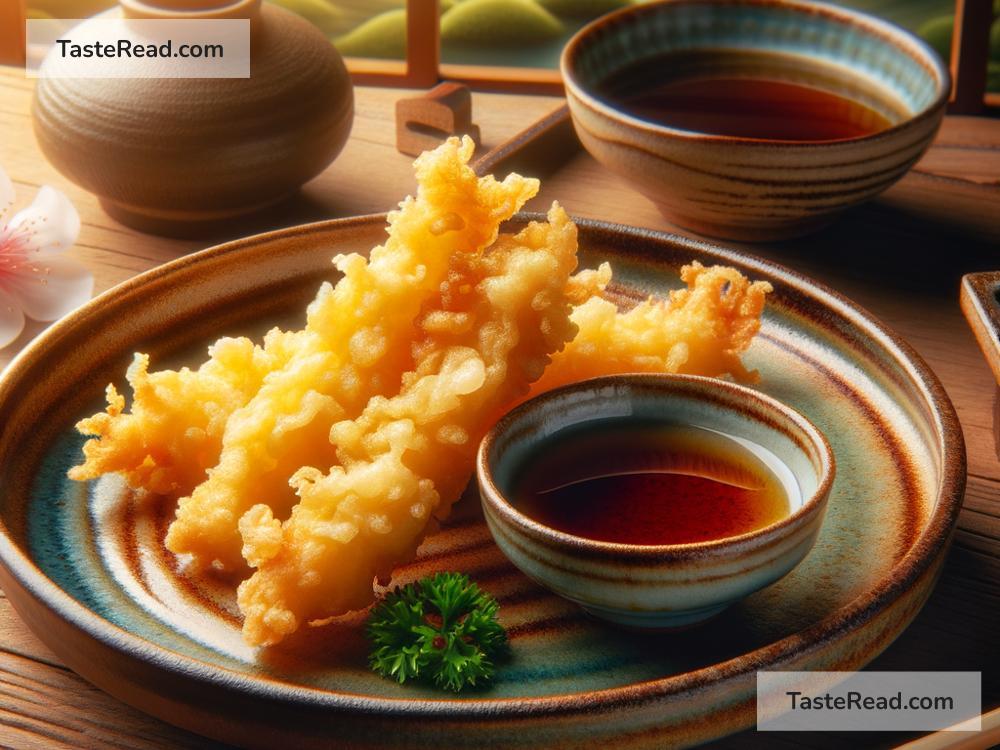How the Japanese Tempura Became a Global Sensation
When you think of Japanese cuisine, sushi might come to mind first, but it’s hard to resist the crunchy, delightful experience that tempura offers. This dish, characterized by its light and airy batter encompassing seafood or vegetables, has journeyed from Japan to tantalize taste buds around the world. But how did tempura make its mark globally? Let’s dive into the flavorful history and journey of tempura from its origins to becoming a global sensation.
The Origins of Tempura
Interestingly, the roots of tempura stretch back to the 16th century, and it might surprise you to learn that it wasn’t originally a Japanese invention. Its inception is credited to the Portuguese, who landed in Japan around the mid-1500s. Among the many things they introduced to Japan were their method of frying food. The term “tempura” itself likely comes from the Latin phrase “quattuor anni tempora,” which refers to the Ember Days, during which Catholics would eat fish or vegetables instead of meat. The Japanese adopted this technique, adapting and refining it to what we recognize today as tempura.
Perfecting the Art
Tempura in Japan evolved into a culinary art form. Chefs devoted considerable effort to perfecting the batter, which is light and crisp, distinguishing tempura from other fried foods. The batter is made from cold water (sometimes even iced) and soft wheat flour. The coldness prevents the batter from absorbing too much oil, contributing to its light texture. The choice of oil used for frying, generally sesame or a special tempura oil, also plays a significant role in its unique taste profile.
Another aspect of tempura that the Japanese have mastered is the selection of ingredients. From shrimp and squid to an assortment of vegetables like sweet potato, mushroom, and bell pepper, each piece is coated and fried to perfection, ensuring a delightful contrast between the crispy batter and the tender, flavorful interior.
Tempura Goes Global
Tempura’s journey outside Japan began as the country opened up to the world in the late 19th and early 20th centuries. Japanese immigrants brought their cuisine with them, setting up restaurants and introducing their food culture to new lands. Initially, it was the Japanese diaspora who frequented these restaurants, but over time, the locals’ curiosity and palate expanded to include Japanese dishes like tempura.
The post-World War II era saw a significant uptick in global travel and cultural exchange, further accelerating tempura’s international exposure. As travelers visited Japan, many returned with fond memories of the delicious, light, and crispy treat. At the same time, Japanese restaurants cropping up worldwide served tempura, making it a menu staple.
The Modern-Day Appeal
Today, tempura can be found not just in Japanese restaurants but also as a fusion element in various cuisines, demonstrating its versatility and global appeal. Its lightness, compared to the often-heavy batter of western-style fried foods, appeals to a growing demographic of health-conscious foodies. Moreover, tempura’s simple yet sophisticated nature, where the quality of ingredients is paramount, resonates with the modern interest in gourmet dining experiences.
Tempura has also adapted to regional tastes and preferences, with chefs around the globe incorporating local ingredients into this Japanese technique. From tempura-battered avocado in California to a tempura lobster in European fine-dining establishments, the dish has been embraced and personalized by many cultures.
Conclusion
Tempura, with its crispy texture and delightful flavors, has come a long way from its origins. From a Portuguese-introduced cooking method to a refined Japanese dish, and now a global sensation, its evolution is a testament to the power of cultural exchange and adaptation. What started as a simple way to enjoy fried food has turned into a global culinary phenomenon, appreciated for its delicate balance of flavor, texture, and technique. Whether savored in a traditional Japanese setting or as part of a modern fusion dish, tempura continues to captivate food lovers around the world, reinforcing the idea that great food knows no borders.


